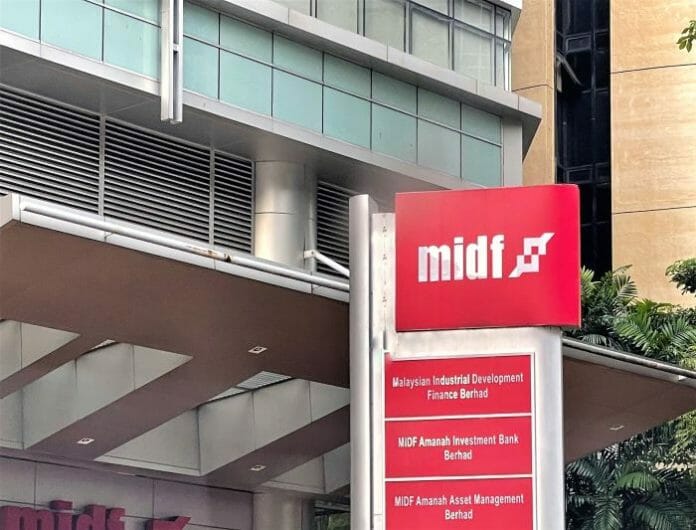Malaysia’s Leading Index (LI) declined further by -1.1%yoy in May-23, the slowest contraction in 3 months. The continued contraction was due to the sluggishness in real imports of semiconductors and real imports of other basic precious & other non-ferrous metals.
Compared to the prior month, LI ended two months of contraction and increased by +1.8%mom with improvement across all components (such as increases in new company registration and number of housing approved) except for real money supply M1 and expected sales value in manufacturing. Meanwhile, economic conditions remained on expansionary, with the Coincident Index (CI) registering a faster annual rise at +3.1%yoy as all components registered sound performance. In particular, higher capacity utilization in the manufacturing sector contributed to the +2.5%mom monthly rise in CI.
As a leading indicator, the continued decline in LI signaled a more moderate growth outlook in the near term on the back of concerns over the drag from a slowdown in external demand to overall growth this year and a cautious approach in preparation for slowing demand. Nevertheless, the improved CI suggests positive growth will be sustained in 2QCY23. MIDF says it reiterates the forecast that Malaysia’s economy will expand at +4.2% this year, a more normalised growth rate underpinned by growing domestic demand.
Exports continued to fall but at a sharper pace of -14.1%yoy in Jun-23. The decline was sharper following the contraction in both domestic exports and re-exports. Meanwhile, IPI growth improved and picked up by +4.7%yoy in May-23, the fastest growth rate since Dec-22 and significantly above market expectations. The recovery was largely contributed by the turnaround in manufacturing output, which rose by +5.1%yoy, and increased electricity generation, which rebounded.
MIDF says it maintains the GDP growth forecast at +4.2% for the full year 2023, as the house has already priced in the effect of a slowdown in external demand.MIDF also maintains its projection that the resilience in domestic demand, particularly consumer spending, on the back of a positive job market will be the main driver for Malaysia’s economic growth this year.
While local businesses will grow their production amid improved supply conditions and the services sector will gain from increased tourist arrivals, the manufacturing industry, on the other hand, will be impacted by weakness in global manufacturing and therefore subdued outlook for the export-oriented sub-sectors. Furthermore, factors that could derail the external trade outlook will add more downward drag to manufacturing activities should it materialize, which include a deterioration in geopolitical and trade tensions, persistently high global inflation, and the further rise in borrowing costs as central banks raise interest rates to more restrictive levels









